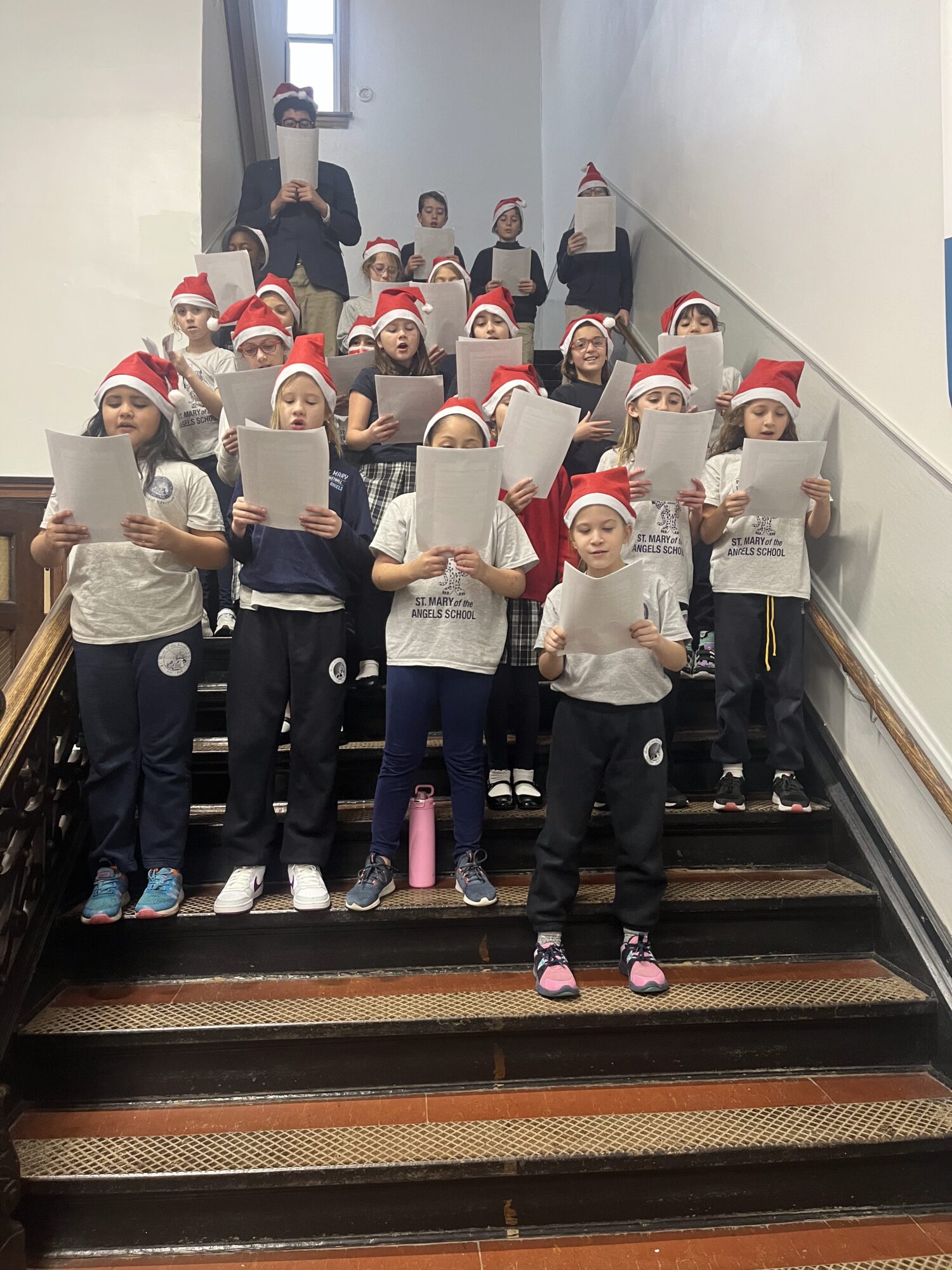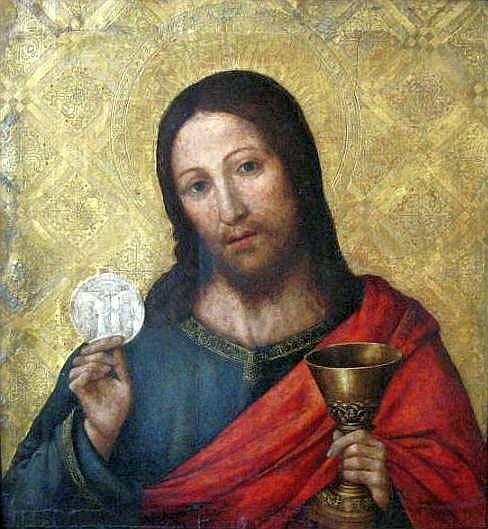During Advent, we see Our Blessed Mother drawing us to Christ, in her Advent feasts: the Immaculate Conception—drawing us to Christ who purifies us of all sin in the Sacrament of Reconciliation—and Our Lady of Guadalupe who draws us to the Mass. Jesus takes flesh in the womb of the Blessed Virgin and is laid in the manger as food for our soul, just as he is in the tabernacle—the true House of Bread: Bethlehem.
Whoever believes in the Real Presence of Christ under the appearance of bread and wine would feed his/her soul with eternal life. This is our spiritual food.
Every time we enter or leave the church and genuflect before our Lord Jesus Christ in the tabernacle, we make an act of faith and we feed our soul. Every time we cross in front of the tabernacle we should do the same. To fully “digest” this food, let’s learn to make a good genuflection, slowly and dignified, with back erect and with our eyes looking at our Lord as our right knee touches the floor next to our left foot. This is how we say, “I believe you are truly here!”
We can also feed our soul at Mass during the consecration, when the priest says “This is my Body” and raises the Host; and when he says, “This is the chalice of my Blood…” and raises the Chalice. For this moment of the Mass, the Church has always recommended that we pray the words of the doubting apostle, St. Thomas, “My Lord and my God” (John 20:28), as he acknowledged Christ’s divinity after the Resurrection. Whoever believes feeds his/her soul.
When we go up for Holy Communion and the priest holds up the Host and says, “The Body of Christ,” and we respond, “Amen,” we feed our soul with our act of faith in the Real Presence. Every spiritual communion—where we pray and tell our Lord that we wish to receive him—we feed our soul. This is especially true when we attend Mass but cannot receive Holy Communion, such as when we have not completed a full hour of the fast before Communion or when we have a serious sin to confess; we can still feed our soul and please our Lord immensely by respecting Him in the sacred and most Holy Sacrament of his presence.
We feed our soul when we spend time in prayer and adoration before the tabernacle or before our Lord exposed in the Monstrance. As St. Pope John Paul II said:
“The worship of the Eucharist outside of the Mass is of inestimable value for the life of the Church… It is pleasant to spend time with him, to lie close to his breast like the Beloved Disciple (cf. John 13:25) and to feel the infinite love present in his heart. If in our time Christians must be distinguished above all by the “art of prayer,” how can we not feel a renewed need to spend time in spiritual converse, in silent adoration, in heartfelt love before Christ present in the Most Holy Sacrament? How often, dear brother and sisters, have I experienced this, and drawn from it strength, consolation and support!” (Ecclesia de Eucharistia, 25).
During his pontificate, John Paul II was often “discovered” praying before Jesus in the Tabernacle, such as when, during the Pope’s visit, the Filipino nuns came very early in the morning to clean the chapel in the Cardinal’s residence in Manila: they discover the pope prostrate on the floor of the chapel praying. Surely he was praying because of the difficult situation that the Philippines was experiencing, with Marcos bringing the country to the verge of civil war as he was unwilling to step down. The pope knew he needed to feed his soul with Christ’s Real Presence so he would have the strength to speak the truth and feed his flock.
St. John Paul II also encourages to look to the Virgin Mary as a model of Eucharistic faith:
In a certain sense Mary lived her Eucharistic faith even before the institution of the Eucharist, by the very fact that she offered her virginal womb for the Incarnation of God’s Word. The Eucharist, while commemorating the passion and resurrection, is also in continuity with the incarnation. At the Annunciation Mary conceived the Son of God in the physical reality of his body and blood, thus anticipating within herself what to some degree happens sacramentally in every believer who receives, under the signs of bread and wine, the Lord’s body and blood” (Ecclesia de Eucharistia, 55).
As Mary contemplated the infant Jesus in her womb, she realized that she was a tabernacle for the Real Presence of Jesus. We are too when we receive Holy Communion, carrying Jesus inside us. We adore Jesus in the manger every time we come to make a visit to the Blessed Sacrament in the tabernacle. So let us feed our soul a lot this Advent and Christmas, showing him that we love him as Mary and Joseph did, and as the shepherds and magi did.



